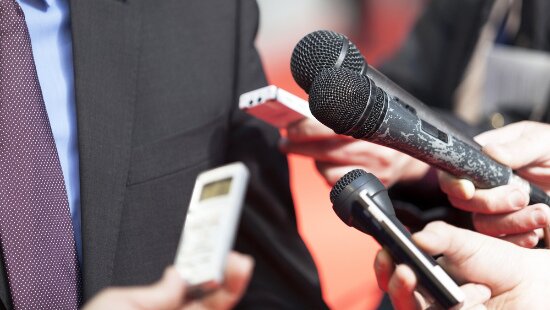The present-day consumer has no escape from being instantly connected to anywhere in the outside world - even in the privacy of your own home.
You may shut off the mobile phone, but the cordless phones are there to ensure that you are not caught without access to a nearby handset linked to the domestic fixed-line telephone network.
In this latest March issue of CHOICE, the Consumer Council has looked into cordless phones of different formats and frequency bands and the 3G mobile phone service, to assess their performance and the cost implications of such wireless communication.
First, the cordless phones, in general, despite the price variations from $348 to $2,900, their overall performance was judged rather impressive - within a narrow margin of between 21/2 and 31/2 on a 5-point rating. However, there are significant differences in individual attributes.
The rating took into a wide range of test items that included the assessment of communication quality, power consumption, battery life, coverage, ease of use, versatility, safety, durability and clarity of marking and instruction.
Battery performance stood out as a comparatively satisfactory feature. Most of the 8 samples tested could sustain a 5-day standby without the need to recharge.
In a simulation of low-battery situation, the handset was recharged for 30 minutes, and the length of talking time afterwards among the samples was found to vary quite significantly from 20 minutes to over 300 minutes or 5 hours.
Coverage for all samples was over 250 m in open areas. For actual use in a house, the sound quality of some samples was found to be affected with even breakup as shown in one sample.
Consumers are advised to try out a cordless phone of their preferred size (though its size and weight is not as important as a mobile phone which needs to be carried around) by listening to the voice quality before purchasing.
Second, the 3G mobile phone service, the attention of the consumer is drawn to the various charging schemes of the 3 current service providers.
Apart from voice calls, 3G mobile phone service enables the consumer to make video calls and access a whole array of multimedia service.
A survey of the market showed that cheapest plans on offer by the service providers ranged from $123 to $208 per month. Some may also charge the $10 monthly tunnel/administration fee.
Though each plan includes some free minutes for voice call, video call, multimedia service and VAS, extra charge is usually needed for some particular multimedia contents (such as downloading songs, ringtones, Java games), as well as for some types of video clips or information (such as music video, stock quotes).
Consumers will do well to understand the fees before accessing these contents.
Further, users may also use 3G service to browse other websites or WAP sites. In such case, some operators will charge the data usage fee according to the amount of data transfer in KB.
Accessing multimedia service while roaming, in most cases, will entail 3G/GPRS roaming fees based on the amount of data transfer in KB and the countries of roaming - at a rate of approximately 10 cents per KB. Such roaming fees can be quite substantial if browsing a few hundred KB video clip while roaming.
The Consumer Council reserves all its right (including copyright) in respect of CHOICE Magazine and Online CHOICE ( https://echoice.consumer.org.hk/ ).



